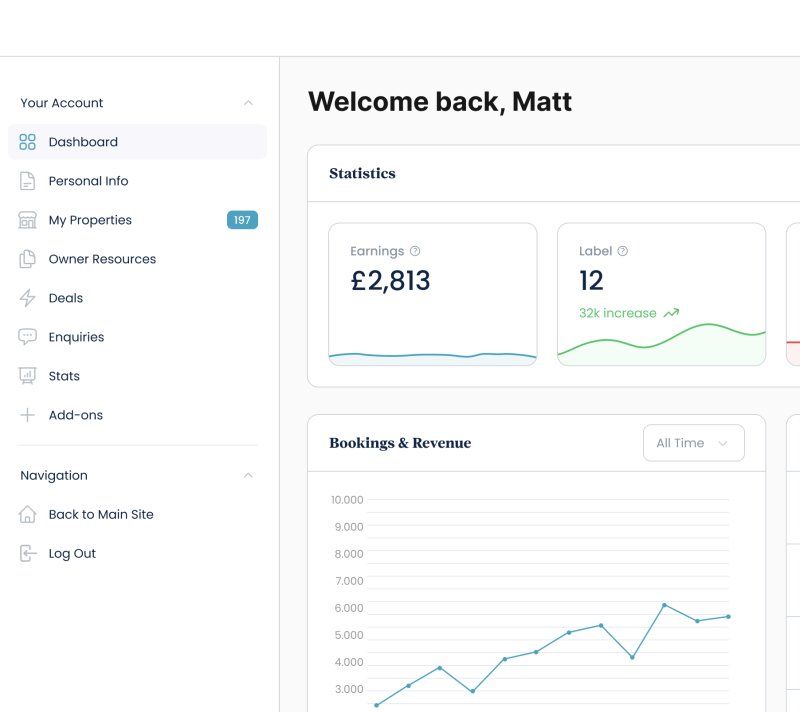Blogs /
JavaScript and AI Search: What you need to know about your website’s visibility
JavaScript is integral to modern web development, enabling dynamic and interactive features that enhance user experience. However, its extensive use can inadvertently hinder a website's visibility in AI-driven search results.

Partnership
This article is provided in partnership with Varn – Search & Data Innovators
As AI-powered search engines become more prevalent, it’s crucial to understand how JavaScript impacts search visibility and to adopt strategies that ensure your content remains visible. At Varn, we’ve seen first-hand when supporting web development projects with an SEO-first approach, how even well-built websites can fall short in search rankings due to overlooked rendering issues. JavaScript is often the silent culprit.
The challenge with JavaScript and AI search engines
While traditional search engines like Google have made significant strides in processing JavaScript, AI search bots often struggle with JavaScript-heavy content. This can lead to key information being overlooked during indexing, reducing your site’s presence in search results. For instance, if essential content is rendered client-side using JavaScript, AI crawlers may not effectively capture it, diminishing your site’s discoverability. Our Innovation Team at Varn is seeing that the rise of Large Language Model-based search engines means that the rules are shifting again. These AI crawlers rely even more on structured, clean HTML, so it’s never been more important to get the foundations right when you are planning your website development and design.
Strategies for enhancing AI search visibility
To ensure your website remains visible and accessible in AI-driven searches, consider implementing the following approaches:
- Embrace server-side rendering (SSR): By processing content on the server and delivering fully rendered HTML to the browser, SSR ensures that all critical information is immediately available to search engine and AI crawlers. This approach mitigates the risk of content being missed due to JavaScript rendering issues.
- Prioritise an HTML-first development approach: Structuring your website with a focus on HTML ensures that the core content is readily accessible. While JavaScript can be used to enhance functionality, the primary information should be embedded within the HTML to facilitate easier indexing by AI search engines.Think of HTML as the core signal you’re sending to search engines. If it’s weak or patchy, you’re at a disadvantage
- Use JavaScript judiciously for essential content: Reserve JavaScript for enhancing user interactions and non-essential features. Critical elements such as headings, main text, and navigation should be present in the HTML to ensure they are accessible even if JavaScript execution is limited or disabled.
Conclusion
At Varn, our expert team works closely with Yellow Peach to identify where JavaScript is helping; and where it’s holding websites back. As AI continues to shape the landscape of search engines, it’s imperative to align your web development strategies with the evolving requirements of AI crawlers. Visibility in AI search starts with making your content readable by both humans and machines. By thoughtfully integrating JavaScript and prioritising accessible content structures, you can enhance your website’s visibility and ensure it reaches your target audience effectively.













